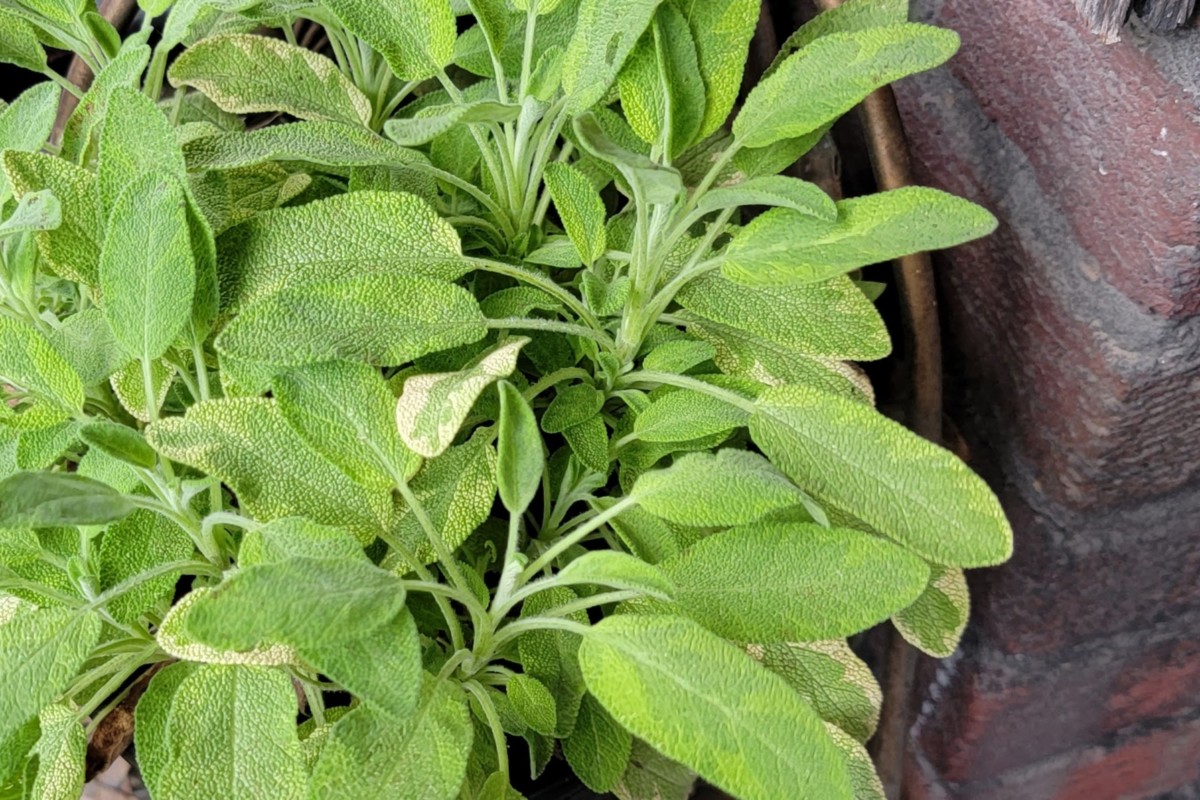
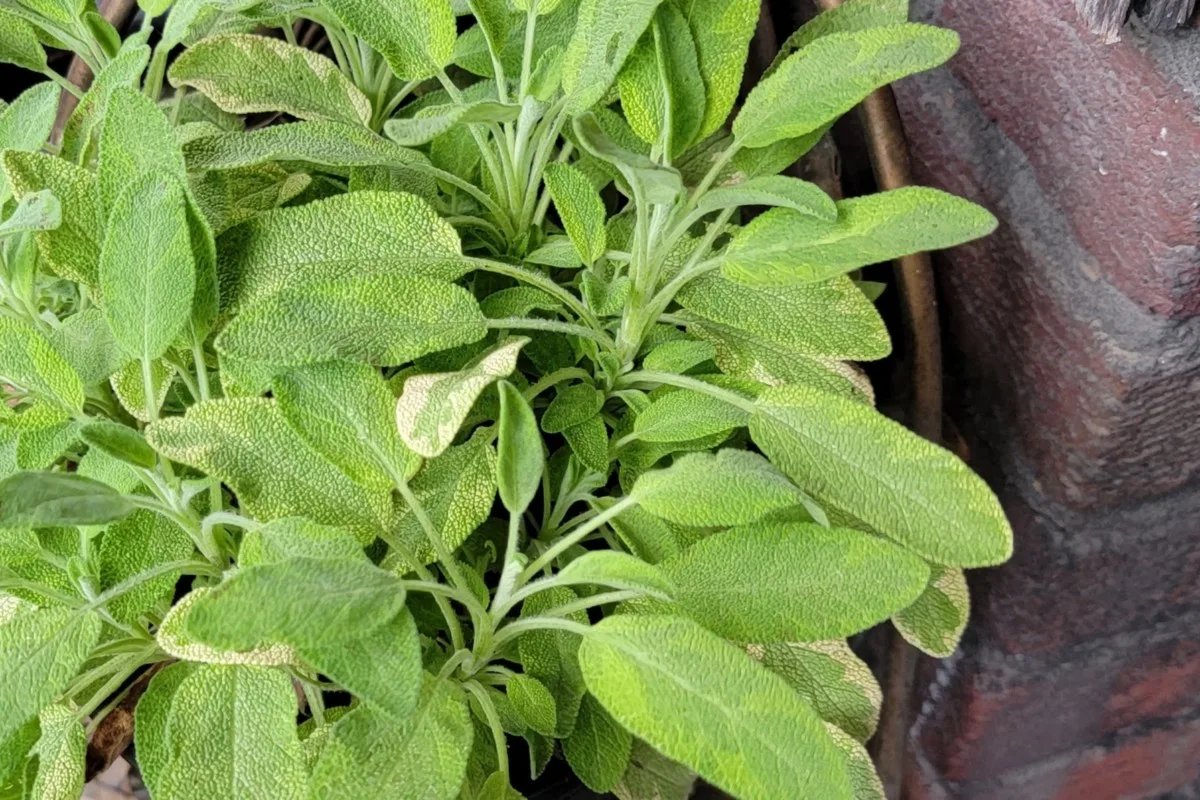
Rising herbs could be a rewarding expertise within the backyard and the kitchen. If you happen to’re used to dried herbs from the grocery store, you might be stunned the primary time you crush a freshly picked sage leaf between your fingers. The aromatic herb is much extra powerfully scented than something from a glass bottle.
Even should you don’t prepare dinner, there are many nice causes to develop sage in your backyard annually and plenty of glorious makes use of for recent sage.


However sustaining an herb backyard can have its setbacks too. Maybe you’re bored with spindly sage vegetation?
You’ve in all probability adopted our sage rising information and have watering all discovered. You’ve remembered to fertilize with a superb nitrogen fertilizer. And your little sun-loving plant will get loads of rays, however in the long run, you continue to find yourself with leggy sage vegetation that flop over as soon as they get too tall.
If you happen to’re hoping for bushy sage vegetation that can produce tons of aromatic leaves, then it’s necessary to prune them as effectively.
So usually, gardeners shrink back from pruning as a result of they discover the method intimidating or assume they’ll kill their vegetation. Relaxation assured, it’s not a fast job that’s simple to study to do. Our fast information will put you relaxed, and earlier than you understand it, you’ll be a sage-pruning professional with huge sage vegetation in your backyard.
Why You Have to Prune Sage
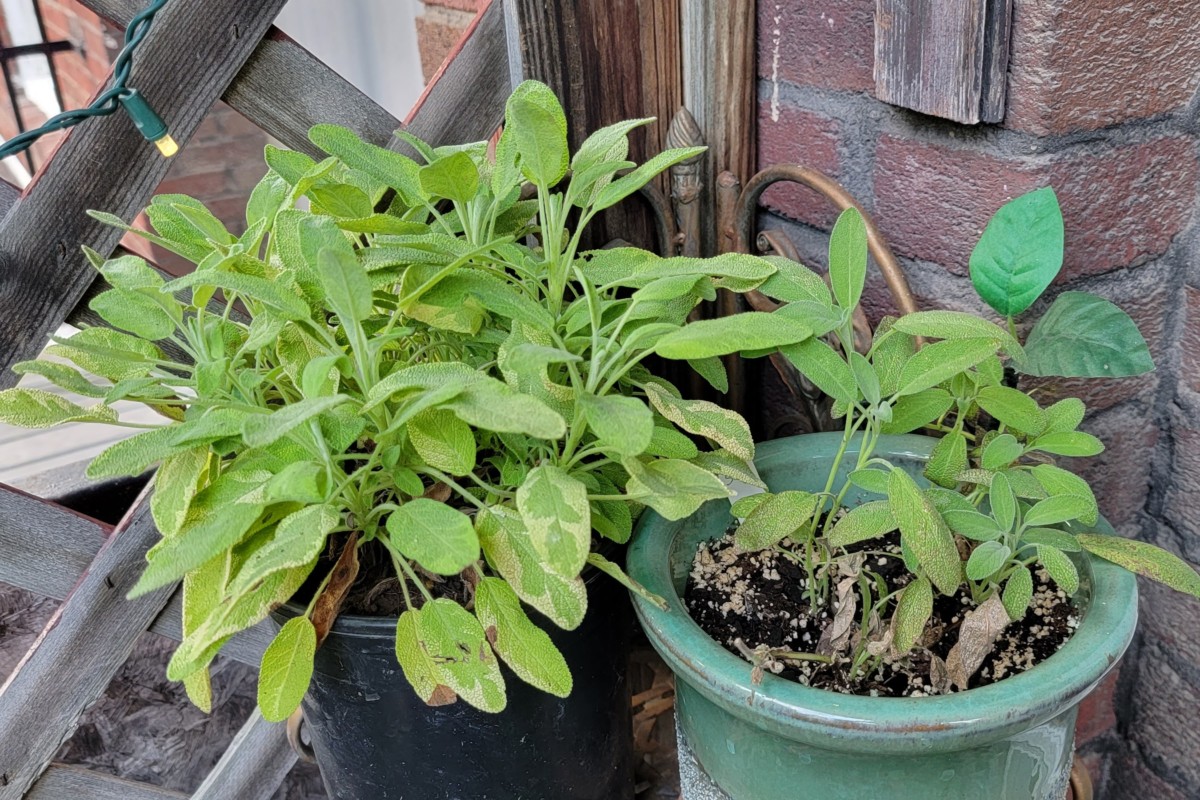
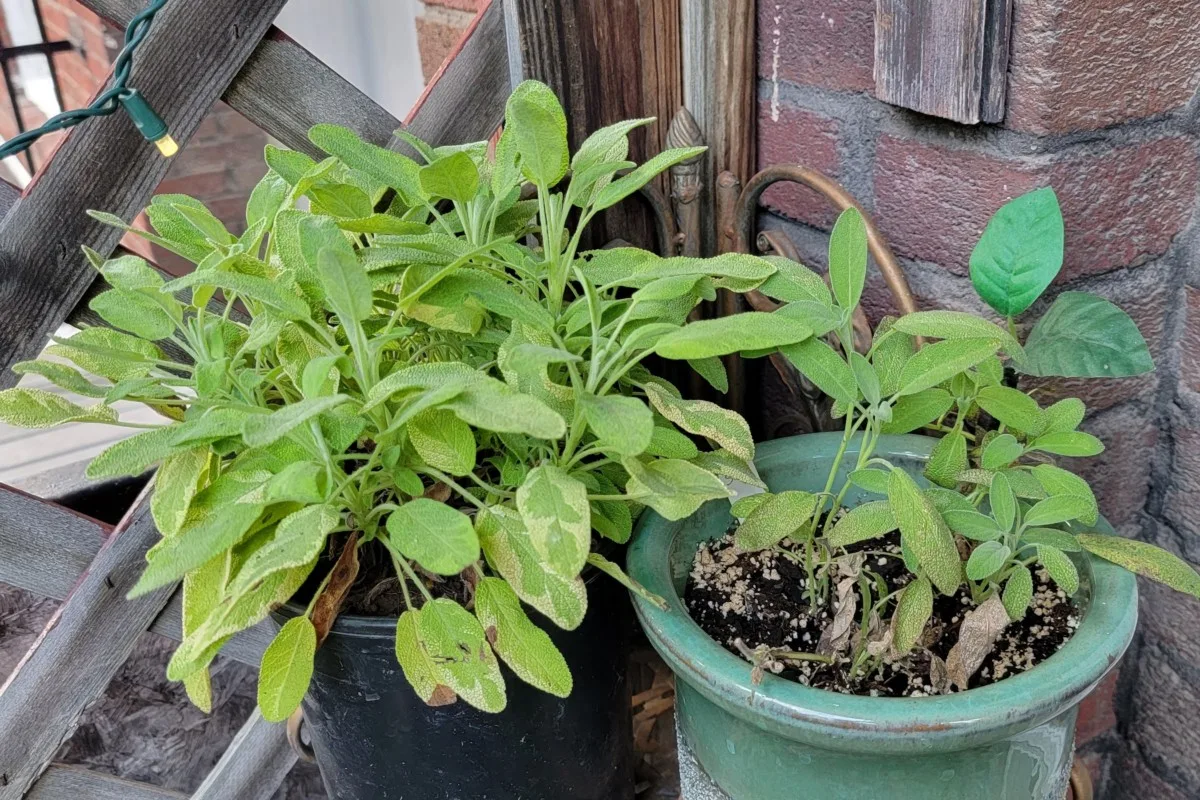
The sage on the left was pruned within the spring and the one on the proper was left to it’s personal units till two weeks in the past.
If you happen to’re studying this, you in all probability already know that left to its personal units, sage is liable to being leggy, particularly if it’s not getting sufficient solar. However in order for you a plant that grows fuller reasonably than taller, it’s a must to inform it to develop that method.
And the way you do that’s with a pair of unpolluted, sterilized scissors.
After we prune, it sends a message to the plant – put extra vitality into new development. The place we prune a plant additionally sends a message. For example, deadheading the tops off of a petunia causes it to place extra vitality into making new flowers. With sage, we prune a little bit decrease to encourage extra lateral development, which supplies us these stunning, full vegetation that look nice within the backyard or a container on our kitchen counter.
When to Prune Sage
The most effective time to prune sage is within the spring after the climate has warmed up. This provides the plant loads of time to create new development and type a wider, bushier form. Any new cuts may have toughened up when cooler climate returns, making them extra prone to survive the winter.
Flowering Sage
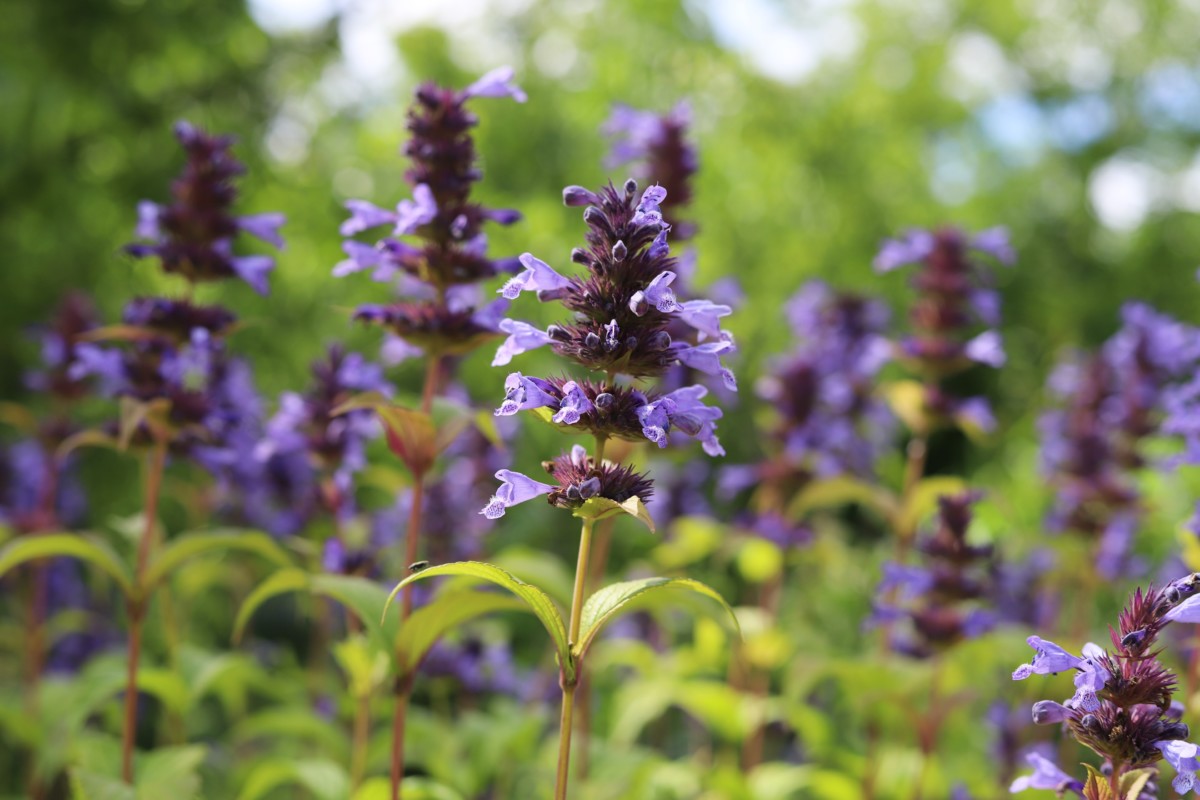
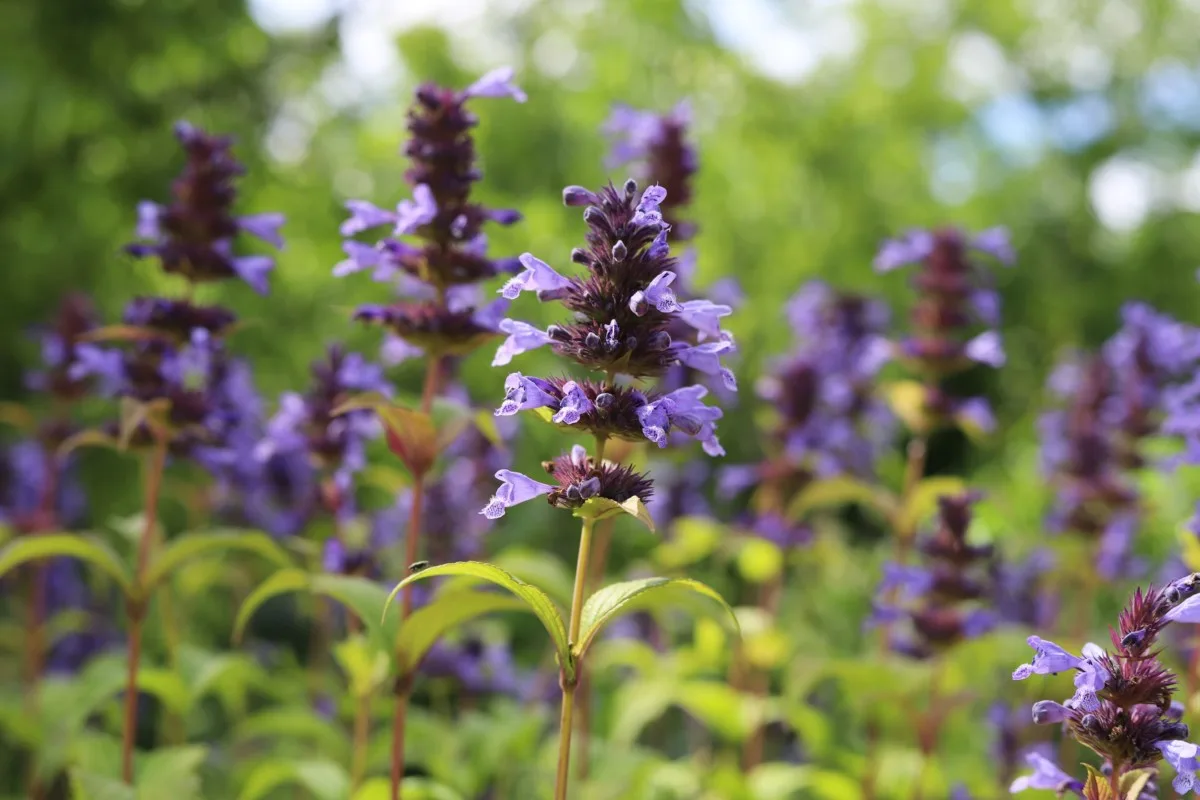
Possibly you aren’t rising sage to prepare dinner with; maybe you’re keen on its stunning tiny flowers. If that’s the case, you’ll wish to maintain off on that spring pruning. Wait till after the flowers have begun to die again earlier than pruning your sage. This manner, you get to benefit from the blooms whereas nonetheless creating bigger vegetation every season.
You by no means wish to prune sage within the fall or winter. The tender new development that can seem shortly after can’t face up to the chilly and can die again. You could possibly even probably lose all the plant.
The way to Prune Sage
As at all times, don’t overlook to sanitize your instruments earlier than you prune a plant. For sage pruning, a pair of small scissors is all you want.
We wish to encourage the plant to place out extra development on the backside, leading to a bushier plant because the season progresses. To attain this, we are going to trim off the highest third of every stem rising from the crown.
Whenever you’ve acquired a comparatively small plant, to start with, this will likely look like you’re taking loads off, however inside every week or two, you’ll have considerable new development.
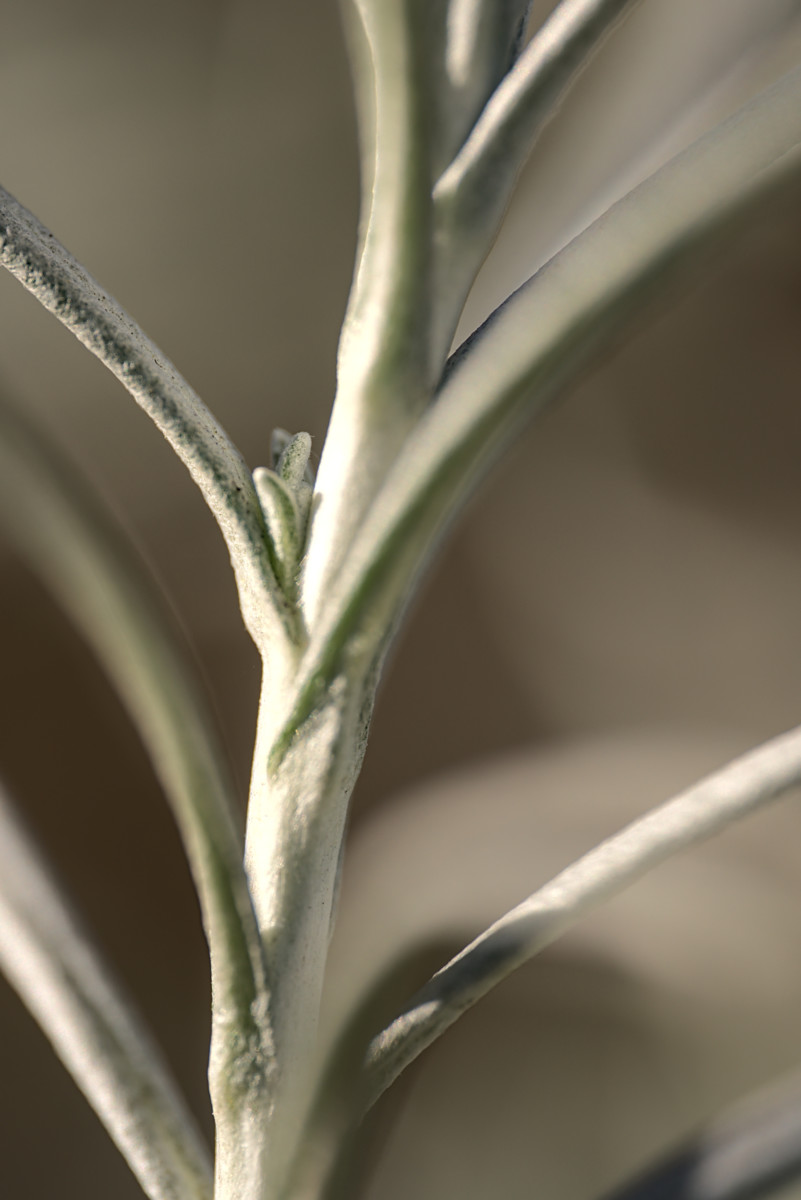
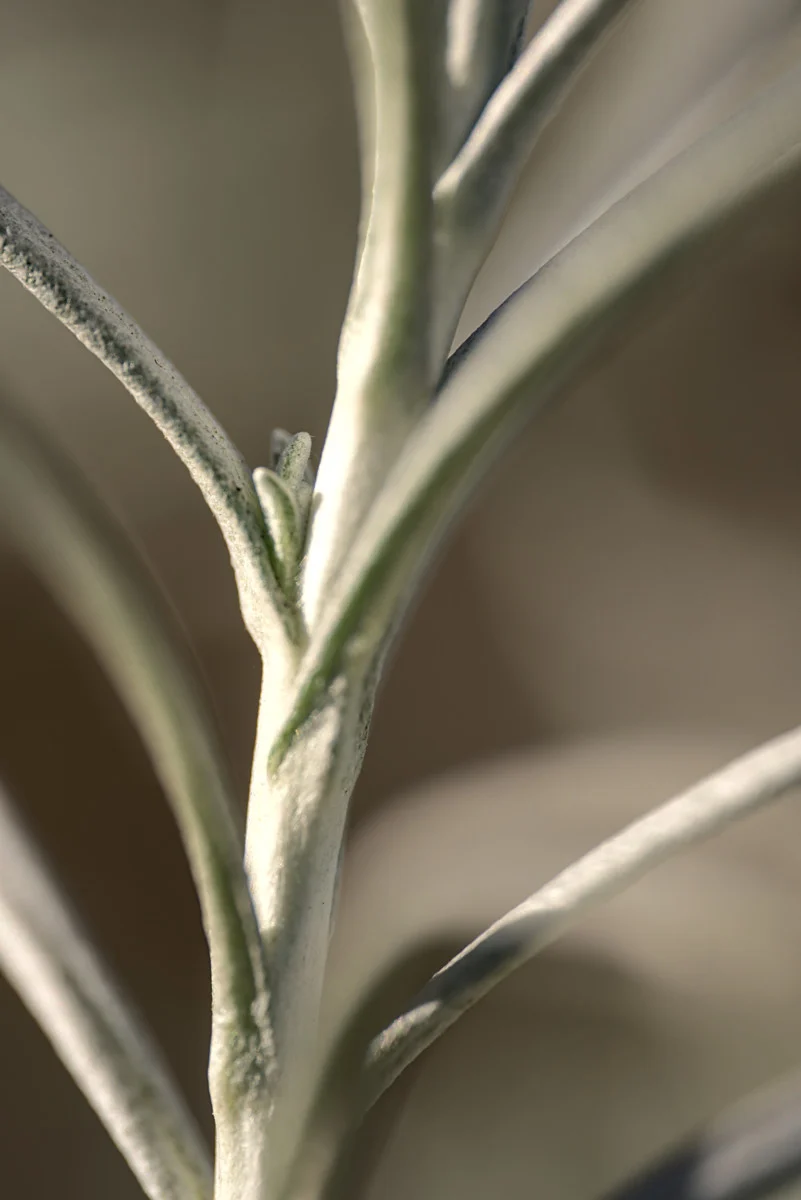
You’ll discover that the leaves develop in twos, one on both sides, then there’s a size of stem earlier than one other pair of leaves. The sage continues to develop this fashion, with extra leaves and stem repeatedly rising, fountain-like, from inside the heart of the plant.
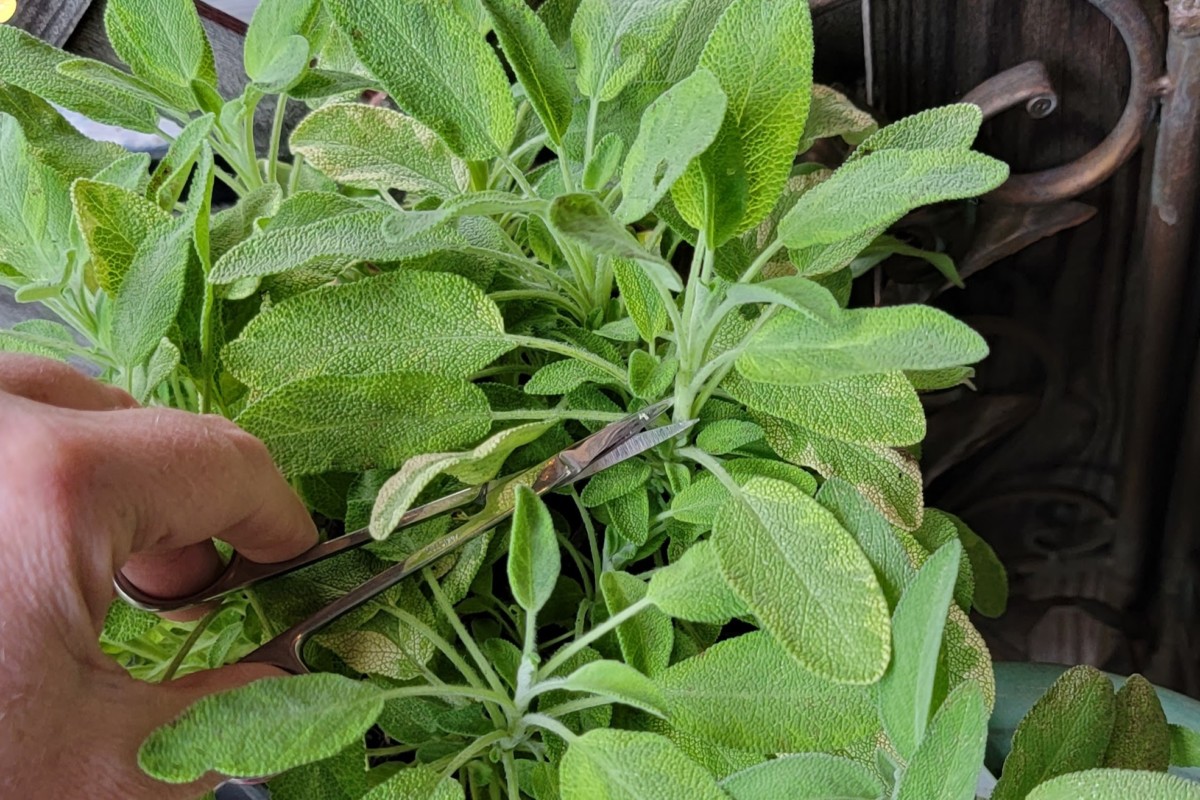
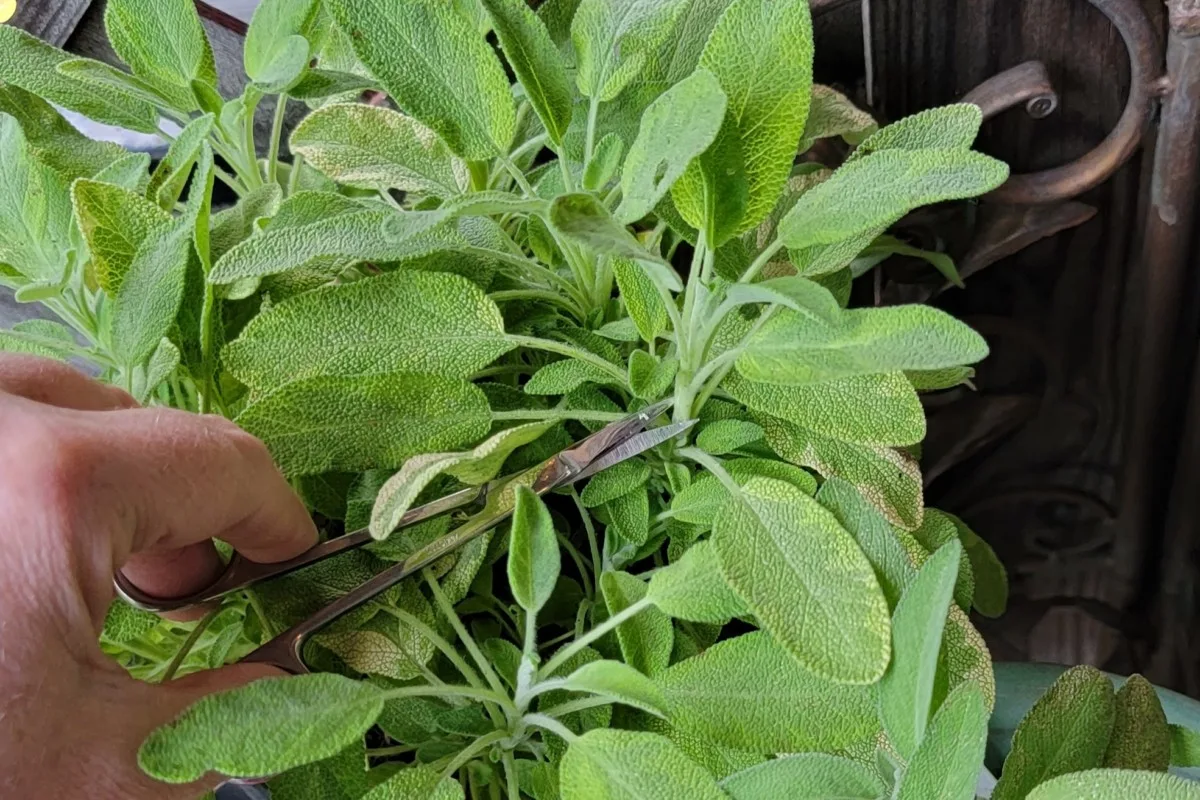
To prune sage, make your cuts simply above two leaves, a few third of the way in which down.
By trimming that central stem and leaves off, the plant is compelled to place out new development on the crotch the place the leaves meet the stem. The place you as soon as had one fountain rising extra leaves, you’ll now have two.
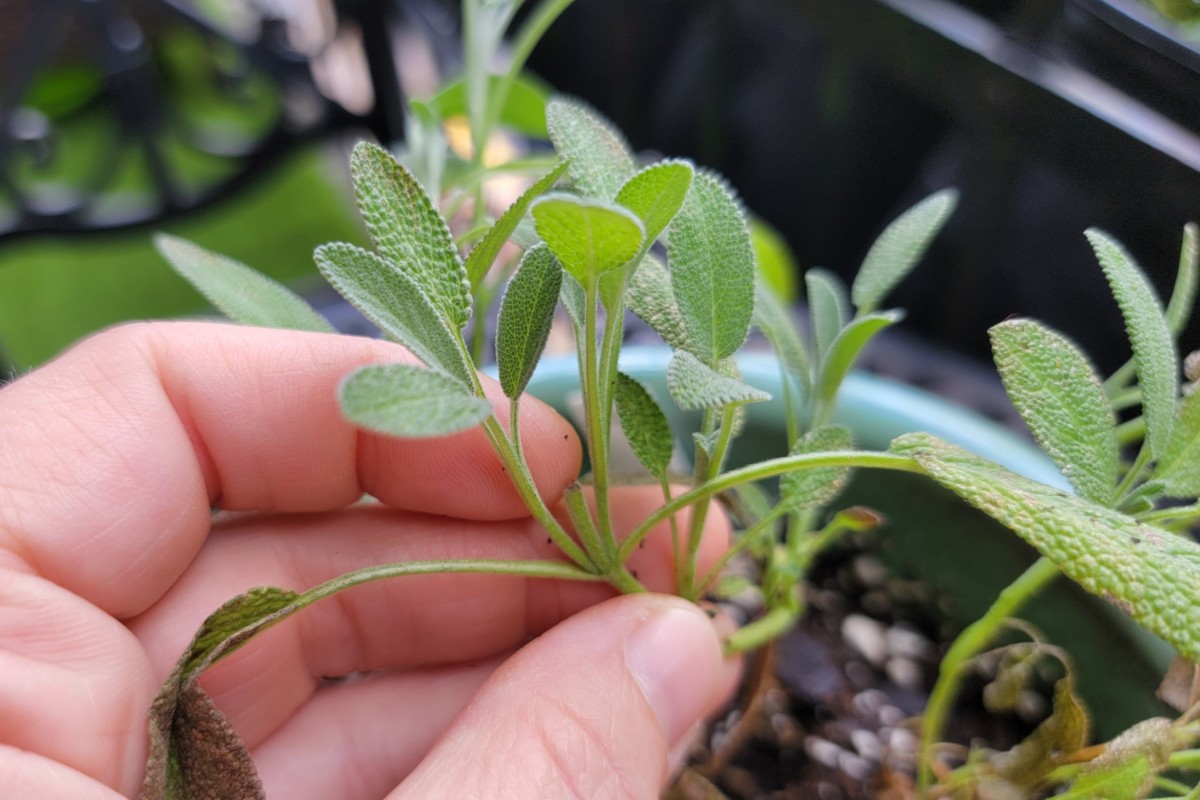
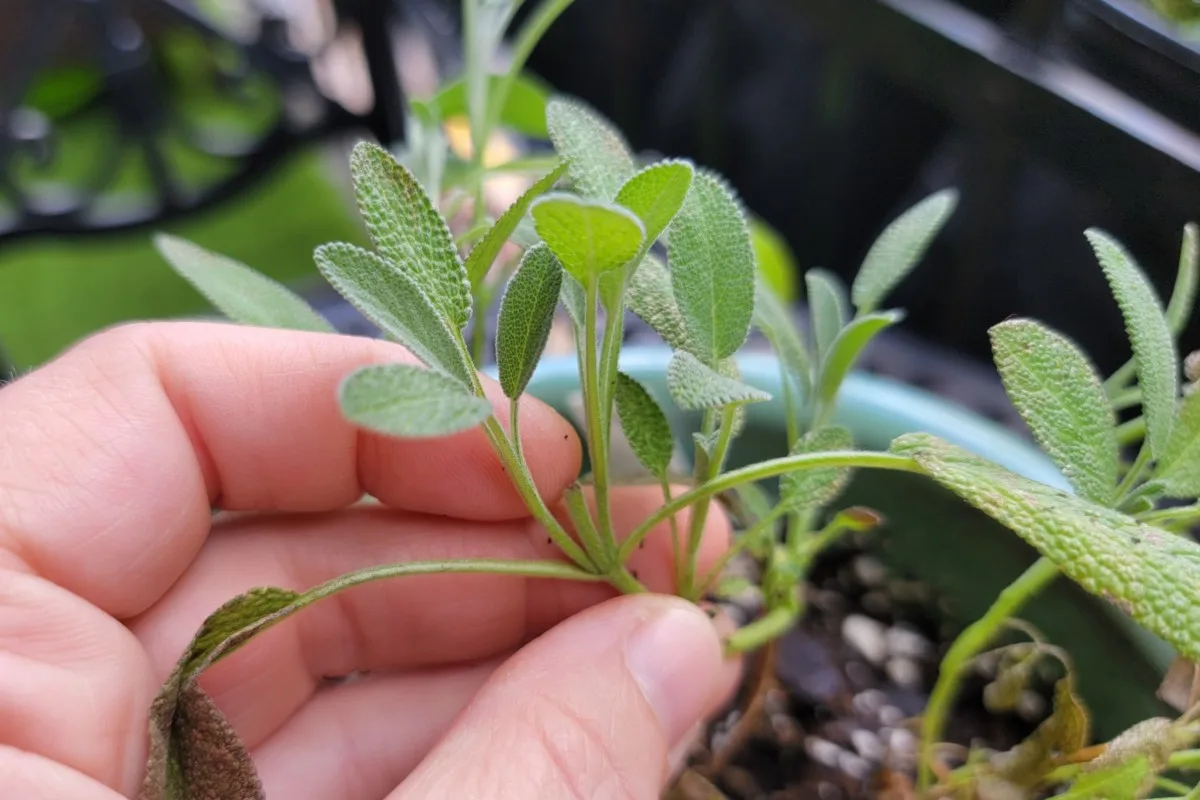
My two new sage “fountains” have already grown previous the trimmed spot.
Proceed trimming the tops off every principal stem rising out of the plant’s crown.
Don’t ditch these tops. You need to use these tiny leaves. Save them and dry them or use them instantly.
Upkeep After Pruning
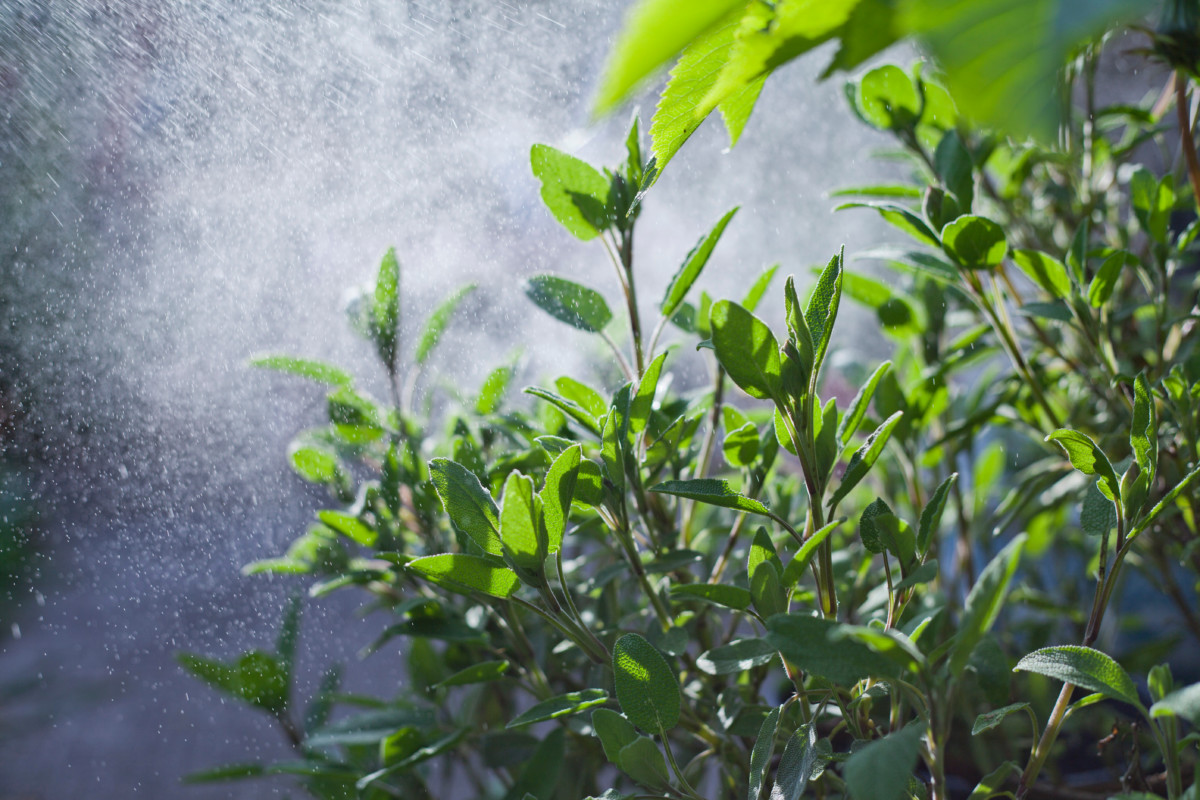
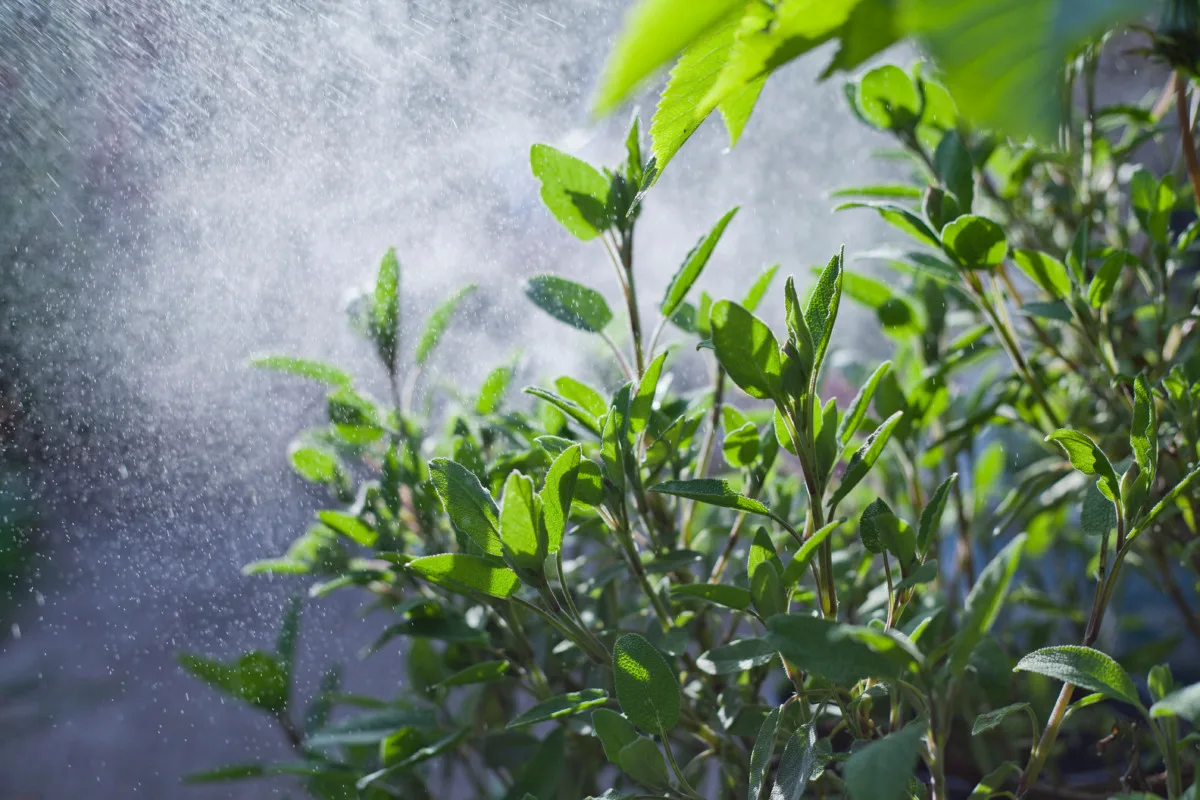
Give the plant an intensive watering after you’re finished pruning. Don’t overlook; sage doesn’t like moist ft, so should you’re rising it in a pot with a saucer, remember to tip out any further water.
If you happen to haven’t fertilized the plant but, doing so after pruning will help the plant in recovering in addition to assist to make sure bushy new development.
Inside every week or so, you’ll start to see new development on the base of the leaves.
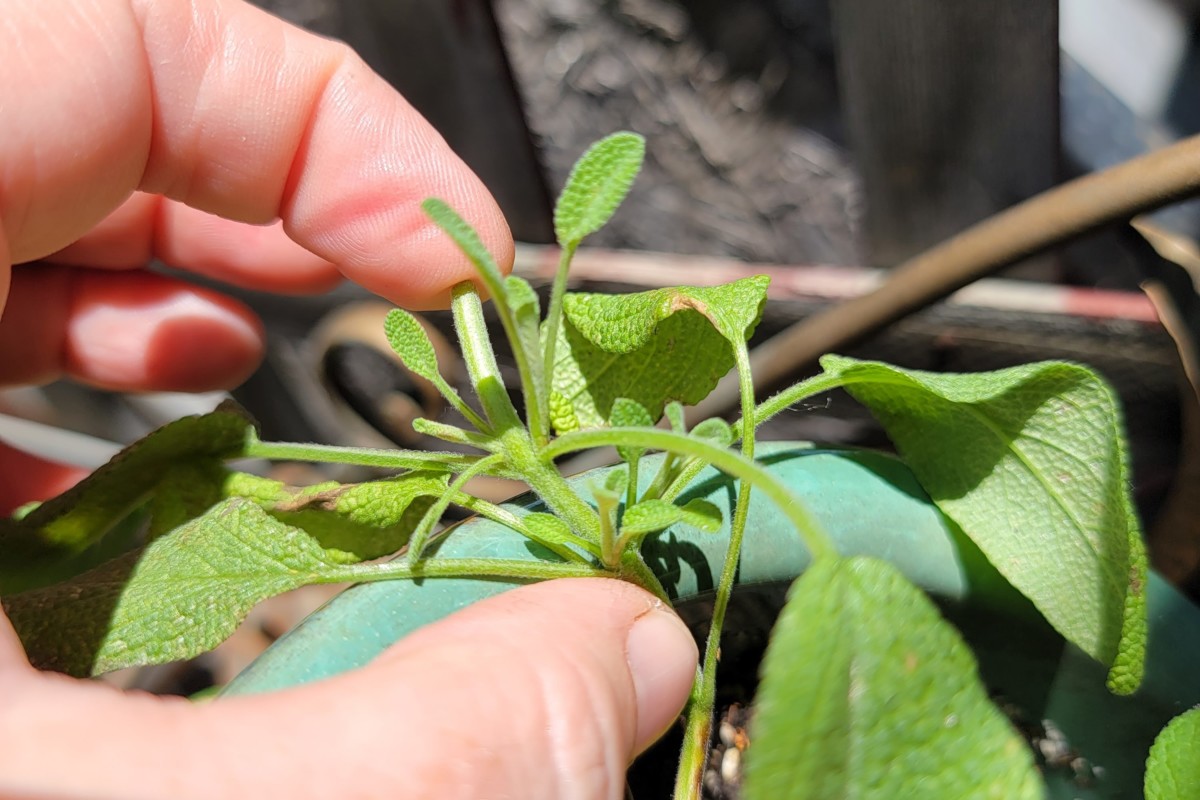
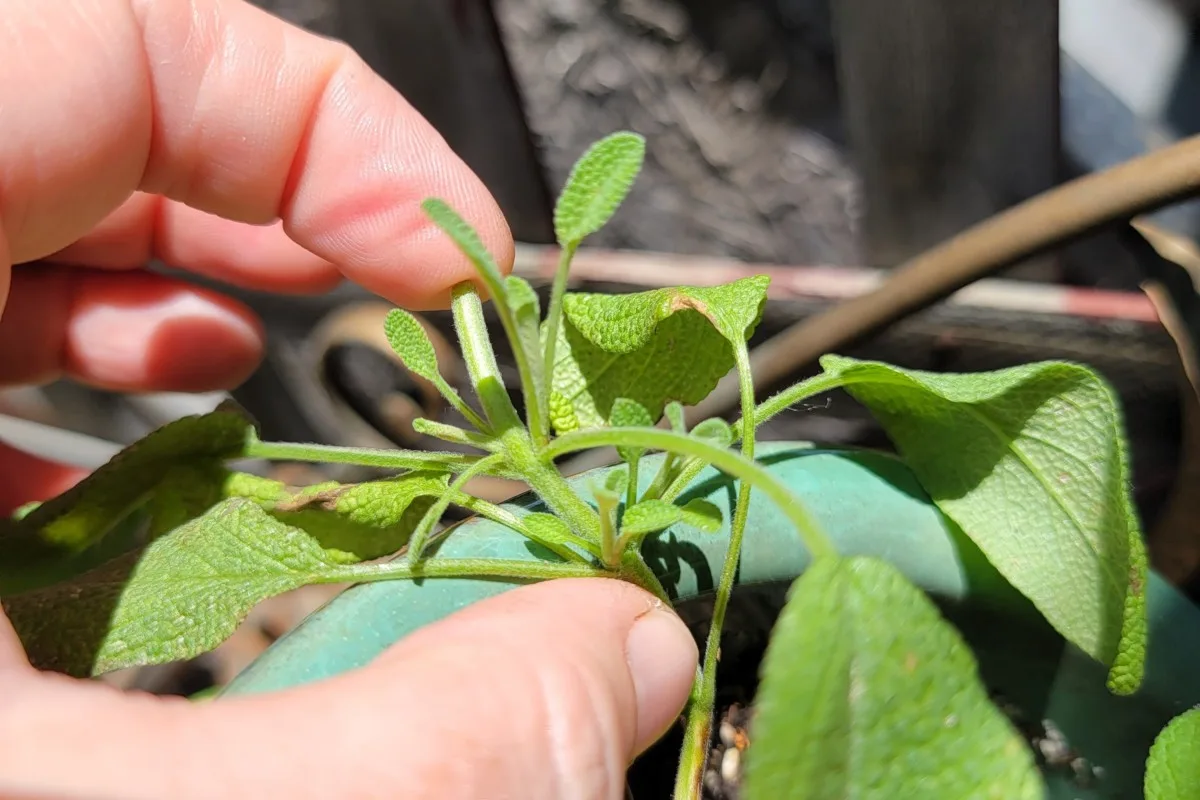
You may already see the brand new development beneath the place I trimmed the stem.
You may trim again these new stems throughout mid-summer as effectively if you wish to encourage much more lateral development. Simply be certain your plant may have loads of time to recuperate and for this second batch of latest development to harden up for the winter. You may as well convey your plant indoors or cowl it to guard new development.
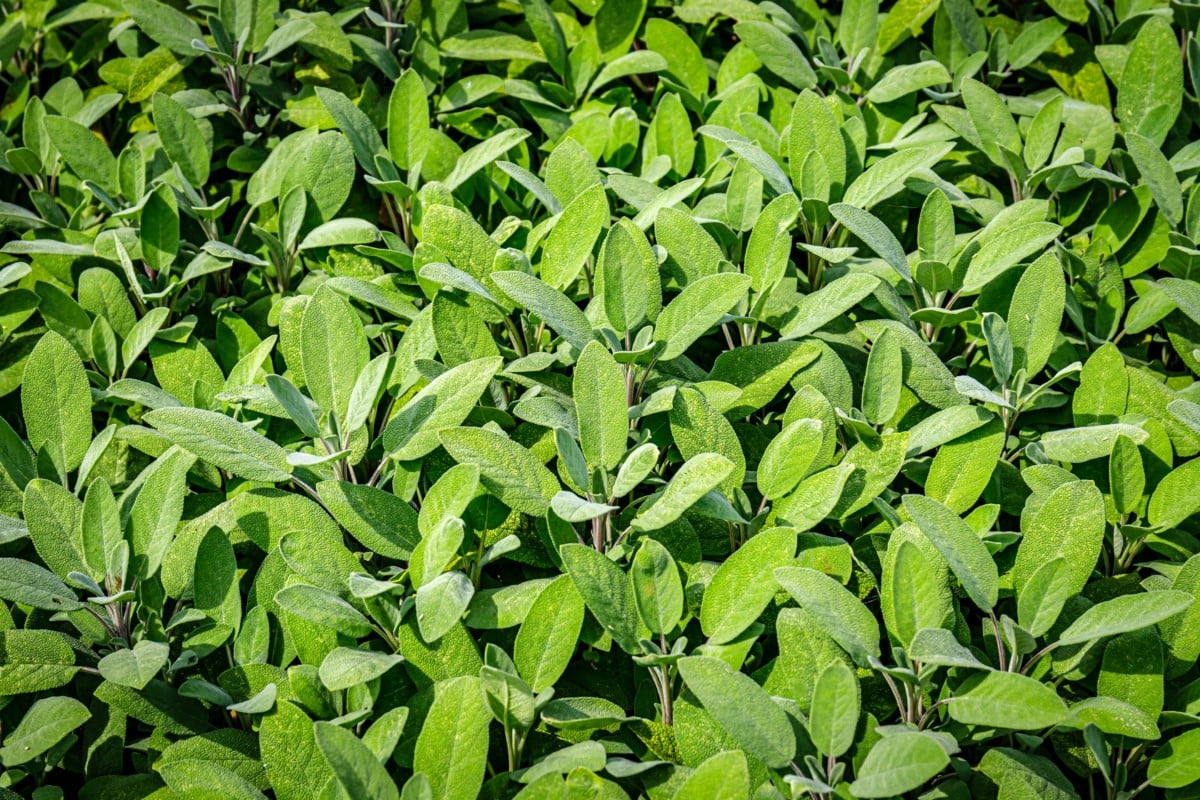
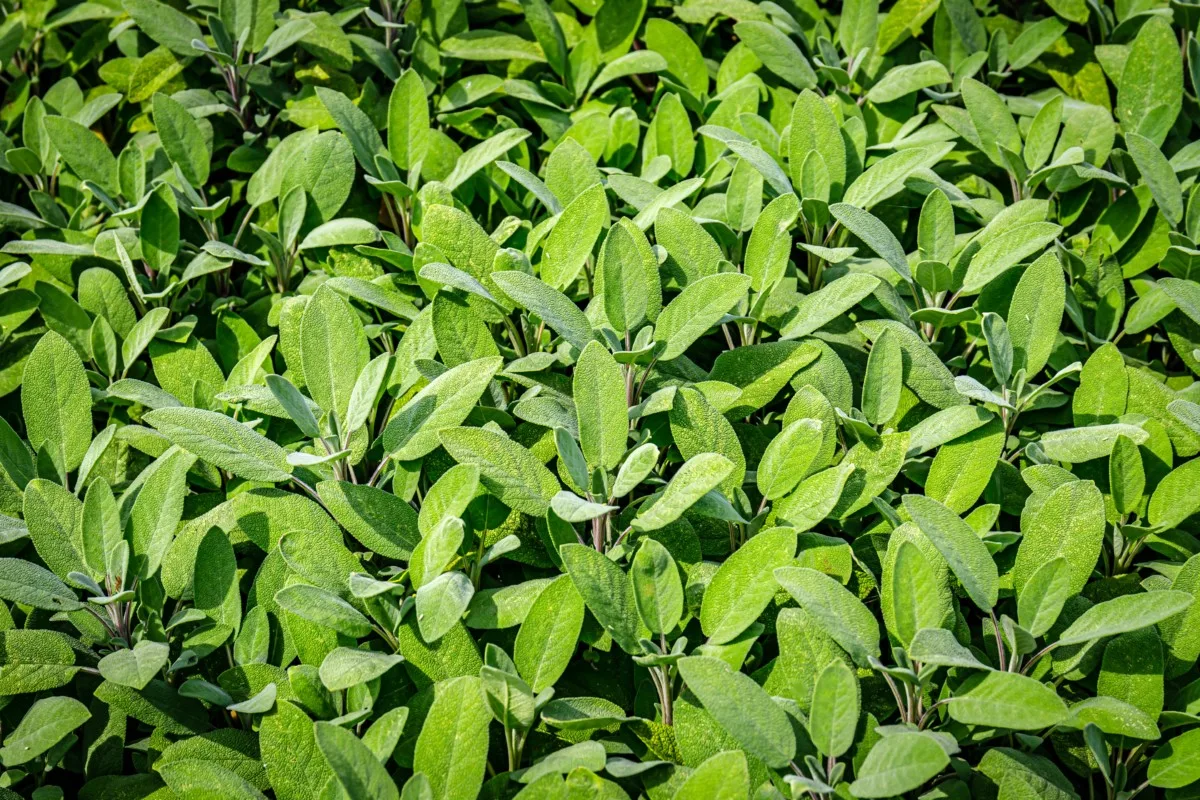
Sage is a superb addition to any culinary backyard, and with annual pruning, this perennial herb will proceed to unfold and develop annually.
Learn Subsequent:
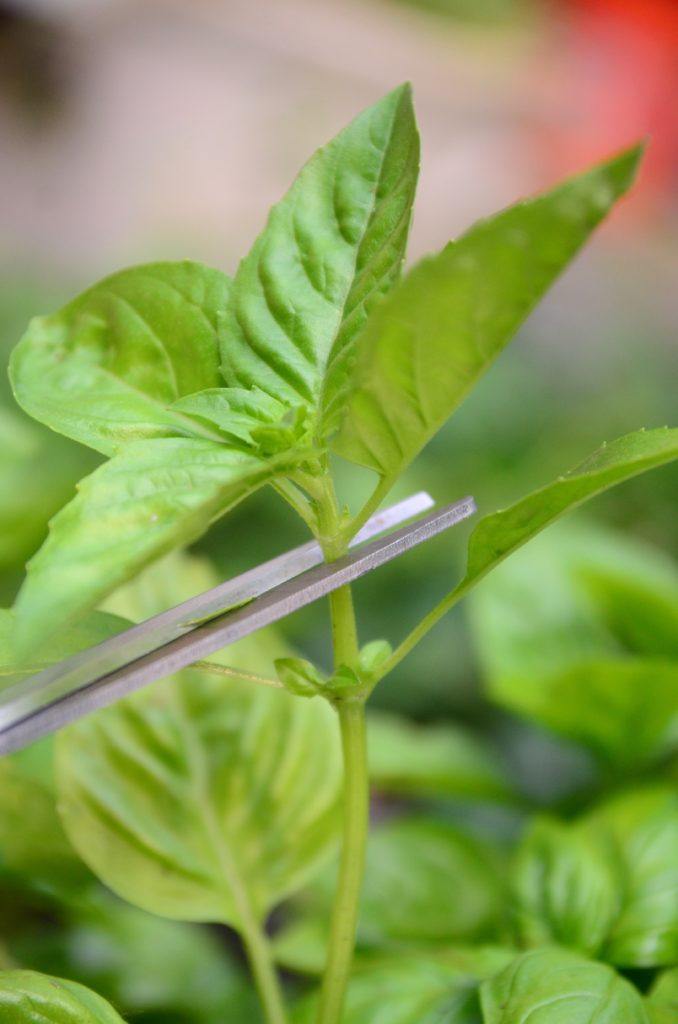
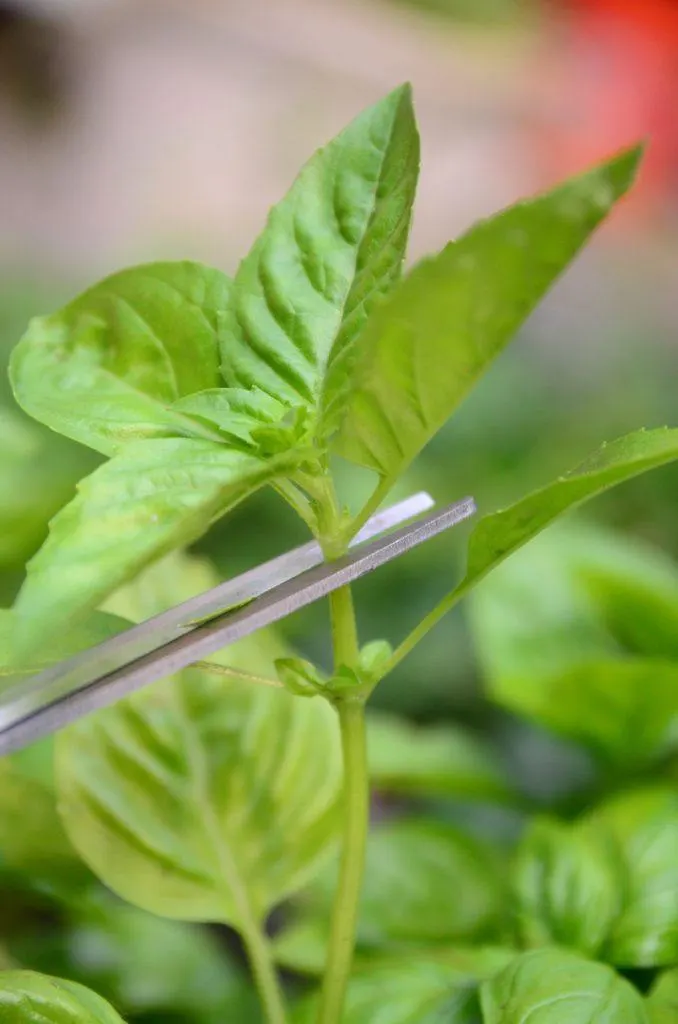

Get the well-known Rural Sprout publication delivered to your inbox.
Together with Sunday ramblings from our editor, Tracey, in addition to “What’s Up Wednesday” our roundup of what’s in season and new article updates and alerts.

Tracey Besemer
Hey there, my title is Tracey. I’m the editor-in-chief right here at Rural Sprout.Lots of our readers already know me from our widespread Sunday newsletters. (You’re signed up for our newsletters, proper?) Every Sunday, I ship a pleasant missive from my neck of the woods in Pennsylvania. It’s a bit like sitting on the entrance porch with a pal, discussing our gardens over a cup of tea.
Initially from upstate NY, I’m now an honorary Pennsylvanian, having lived right here for the previous 18 years.
I grew up spending weekends on my dad’s off-the-grid homestead, the place I spent a lot of my childhood roaming the woods and getting my arms soiled.
I discovered methods to do issues most little children haven’t finished in over a century.
Whether or not it was urgent apples within the fall for do-it-yourself cider, trudging via the early spring snows of upstate NY to faucet timber for maple syrup, or canning every little thing that grew within the backyard in the summertime – there have been at all times new adventures with every season.
As an grownup, I proceed to attract on the abilities I discovered as a child. I really like my Wi-Fi and understanding pizza is just a cellphone name away. And I’m okay with by no means revisiting the journey that’s utilizing an outhouse in the midst of January.
Lately, I are usually virtually a homesteader.
I take an eclectic strategy to homesteading, using fashionable comfort the place I need and selecting the country methods of my childhood as they swimsuit me.
I’m a agency believer in self-sufficiency, irrespective of the place you reside, and the facility and satisfaction that comes from doing one thing for your self.
I’ve at all times had a backyard, even when the one area out there was the roof of my residence constructing. I’ve been knitting since age seven, and I spin and dye my very own wool as effectively. If you happen to can ferment it, it’s in all probability in my pantry or on my kitchen counter. And I can’t go quite a lot of days and not using a journey into the woods in search of mushrooms, edible vegetation, or the sound of the wind within the timber.
You may comply with my private (loopy) homesteading adventures on Almost a Homesteader and Instagram as @aahomesteader.
Peace, love, and dust below your nails,
Tracey
